
This week, GN Separation achieved a significant milestone by successfully assembling four GND5Z1014 Stack Vibrating Screens and conducting comprehensive factory tests. These specialized units, engineered for high-efficiency iron ore screening, are now undergoing rigorous final inspections. They are slated for dispatch to a major domestic iron ore mining operation next month.
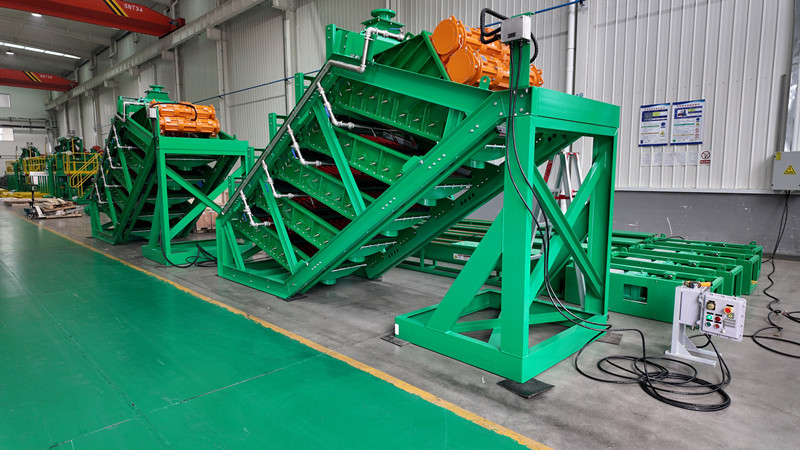
The Indispensable Role of Stack Vibrating Screens in Iron Ore Processing
Iron ore stands as the bedrock of global steel production, necessitating rigorous processing to adhere to the exacting quality standards set by modern industries. Screening, a pivotal stage in this process, segregates ore particles by size, thereby optimizing the efficiency of subsequent processing steps. While traditional single-deck vibrating screens have their merits, they often fall short in handling large material volumes with precision, especially when it comes to fine particle separation.
Enter stack vibrating screens, also known as multi-deck screens, which have emerged as a game-changer. By vertically stacking multiple screening decks, these machines efficiently process large material volumes within a single unit. This compact, high-capacity design not only minimizes space requirements but also reduces energy consumption and enhances throughput compared to their single-deck counterparts. For iron ore producers, this translates into higher recovery rates of valuable minerals, lower operational costs, and improved environmental sustainability through reduced waste generation.
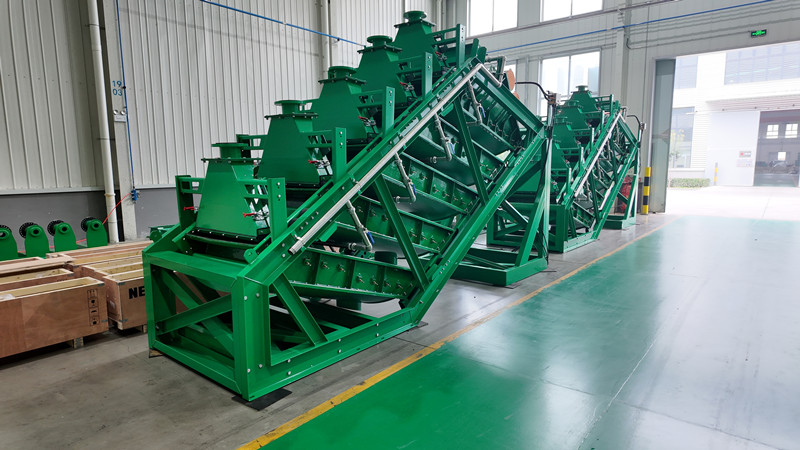
Key Features of the GN Stack Vibrating Screen
1. Multi-Deck Efficiency
The GND5Z1014 boasts five independent screening decks, enabling simultaneous separation of materials at varying flow rates, depending on the feed characteristics. This multi-deck configuration ensures optimal screening performance across a wide range of particle sizes.
2. High-Frequency Vibration Technology
Equipped with dual-vibration motors, the screen generates high-frequency, low-amplitude vibrations. This technology effectively prevents blinding and pegging—common challenges in sticky or moisture-laden iron ore applications. The result is consistent screening accuracy, even when processing difficult materials.
3. Robust Construction and Wear Resistance
Built with high-strength steel frames, the GND5Z1014 is designed to withstand the abrasive conditions inherent in iron ore processing. Key components, such as the screen decks, are coated with polyurea to extend their service life and minimize maintenance downtime. This robust construction ensures long-term reliability and performance.
4. Rapid Screen Mesh Replacement
The stack vibrating screen features polyurethane screen mesh, which can be quickly replaced by simply loosening and fastening the screen blocking device. This design significantly reduces downtime during mesh replacement, enhancing overall operational efficiency.
Strategic Implications and Future Prospects
The upcoming deployment of the GND5Z1014 screens highlights GN Separation's commitment to supporting China's strategic mineral security initiatives. With domestic iron ore production under increasing pressure to meet rising steel demand, efficient processing technologies are crucial for maximizing yield from existing reserves.
GN Separation's latest achievement reflects its broader strategy of integrating localized expertise with global technology trends. With the successful launch of various mining screens at its factory, GN Separation is poised to capture a larger market share in the vibrating screen market. The company is dedicated to providing professional and reliable screening solutions for users both domestically and internationally, further solidifying its position as a leader in the industry.
- Details
-
Published: 31 October 2025
GN Separation has recently and successfully finished assembling and conducting factory tests on four GNLW764 Big Bowl Decanter Centrifuges for a client in Peru. These high-capacity machines, tailored for demanding industrial scenarios, are set to play a pivotal role in the tailings dewatering processes within the mining industry. They aim to tackle challenges related to water conservation, adherence to environmental regulations, and enhancing operational efficiency.
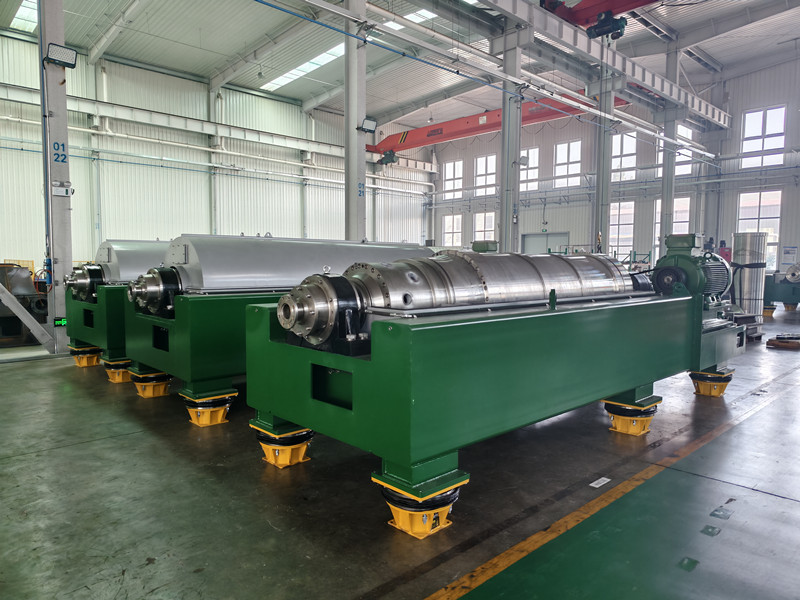
The Significance of Decanter Centrifuges in Mining Tailings Dewatering
Mining operations produce enormous volumes of tailings, which are a mixture of water, fine particles, and residual minerals. Effective treatment of these tailings is essential before disposal or reuse. Conventional tailings management methods, like ponds or dams, are increasingly under scrutiny due to limited space, environmental hazards, and regulatory pressures. In this context, decanter centrifuges have emerged as a game-changing technology, enabling swift and efficient separation of solids from liquids.
GNLW764: Designed for Large-Scale Industrial Applications
The GNLW764 Decanter Centrifuge, GN Separation's flagship model and the largest in its current product range, is engineered to withstand the rigorous demands of high-volume processing. Featuring a 30-inch (764 mm) bowl diameter and a robust construction, this machine is ideally suited for applications such as mining tailings dewatering, tunnel boring machine (TBM) slurry separation, and other industrial processes that require significant throughput.
1. Tungsten Carbide Protection for Enhanced Longevity
Mining environments are highly abrasive, with tailings containing coarse particles that can quickly wear down equipment. To address this issue, GN Separation has applied tungsten carbide coatings to critical components, including the screw conveyor (spiral) blades and solids discharge ports. Tungsten carbide is well-known for its exceptional hardness and resistance to wear and corrosion. These coatings significantly extend the service life of these parts, reducing downtime and maintenance costs. This ensures consistent performance even in the most challenging conditions, providing mining operators with a reliable and durable solution.
2. VFD Control Cabinet for Precision and Safety
The GNLW764 is outfitted with a Variable Frequency Drive (VFD) control cabinet, which allows for precise adjustment of rotational speed to optimize separation efficiency for different feed materials. This flexibility enables operators to customize the centrifuge's performance according to specific process requirements, whether dealing with fine clay particles or coarser minerals. In addition to speed control, the VFD system incorporates real-time monitoring of temperature and vibration levels to ensure safe operation.
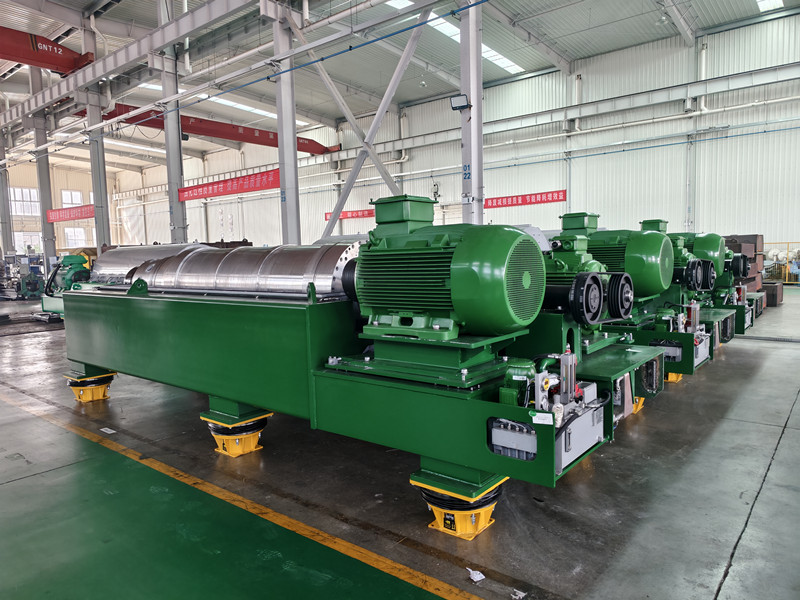
Complementary Technology: GNSJY6000 Flocculation Dosing Unit
To further improve dewatering performance, GN Separation suggests pairing the GNLW764 with its GNSJY6000 Flocculation Dosing Unit. This system automates the injection of flocculants—chemicals that cause fine particles to clump together into larger, more manageable aggregates—into the feed slurry. By optimizing the flocculation process, the combined solution achieves superior solids capture rates and higher water recovery.
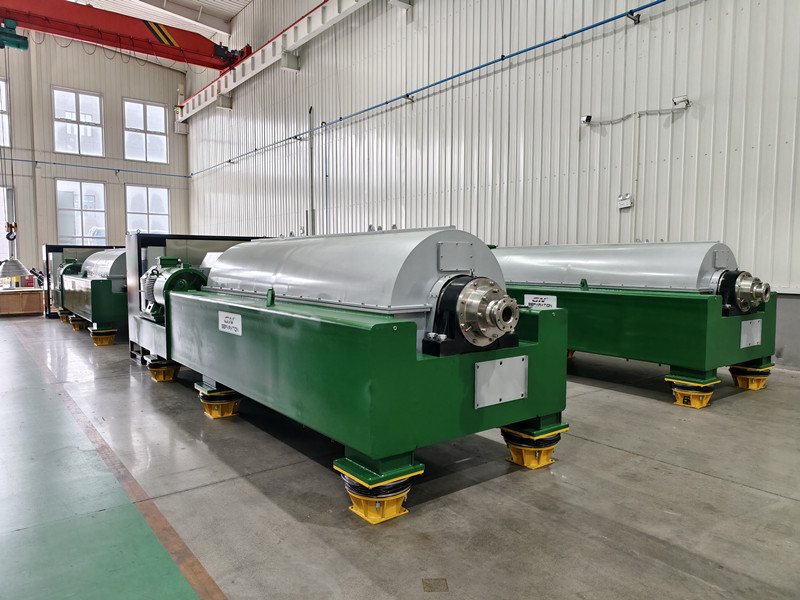
Looking Forward
As the global mining sector continues to prioritize sustainability and efficiency, GN Separation's ongoing investments in research and development, along with its global service network, ensure that clients receive not only top-quality equipment but also comprehensive support throughout the equipment lifecycle.
With the GNLW764 Decanter Centrifuges now prepared for dispatch, GN Separation is well-positioned to solidify its reputation as a professional provider of industrial separation technologies, delivering value to clients and contributing to a more sustainable future for the mining industry.
- Details
-
Published: 24 October 2025
This October, the global mining sector will gather in Beijing for the 21st China Coal & Mining Expo (CCME 2025), a top-tier event focused on propelling advancements in coal and mineral extraction technologies.
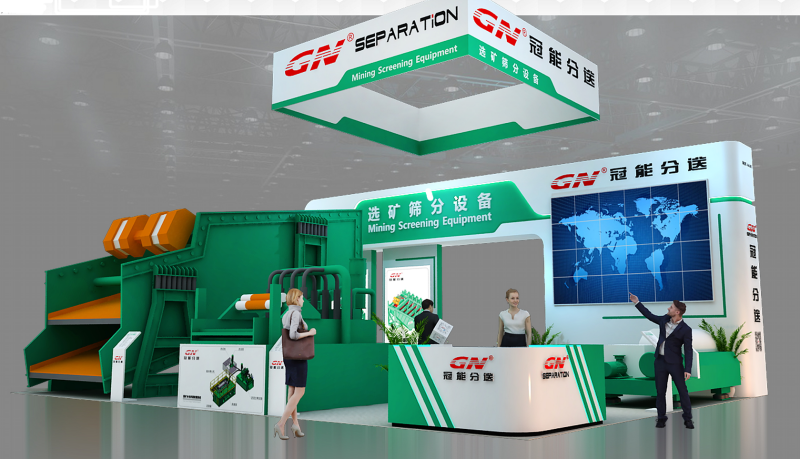
Event Overview
Set to run from October 28 to 31, 2025, at the Capital International Convention and Exhibition Center in Shunyi, Beijing, CCME 2025 is expected to draw a diverse range of exhibitors. These include prominent domestic and international manufacturers, technology suppliers, and industry specialists. Over the course of four days, the exhibition will zero in on sustainable mining practices, automation, and equipment innovation, providing attendees with a gateway to the latest and most effective coal mining solutions.
GN Separation's Participation
GN Separation is among the exhibitors and will be stationed at Booth A4601. The company is set to display a range of equipment aimed at tackling key issues in coal preparation, tailings management, and underground mining operations.
1. Large Flip-Flow Vibrating Screen
The centerpiece of GN Separation's exhibit will be its Large Flip-Flow Vibrating Screen, a groundbreaking screening technology tailored for fine-grained and sticky materials. Traditional vibrating screens often encounter problems like clogging and inefficient separation when handling fine coal, wet ore, or materials rich in clay. GN's flip-flow design, however, breaks through these limitations. By integrating a flexible polyurethane screen surface with a double-mass near-resonance working principle, it prevents screen blinding and pegging, ensuring a steady throughput. In the realm of coal mining, this equipment proves especially valuable for pre-screening raw coal before the washing process, thereby easing the load on subsequent operations.
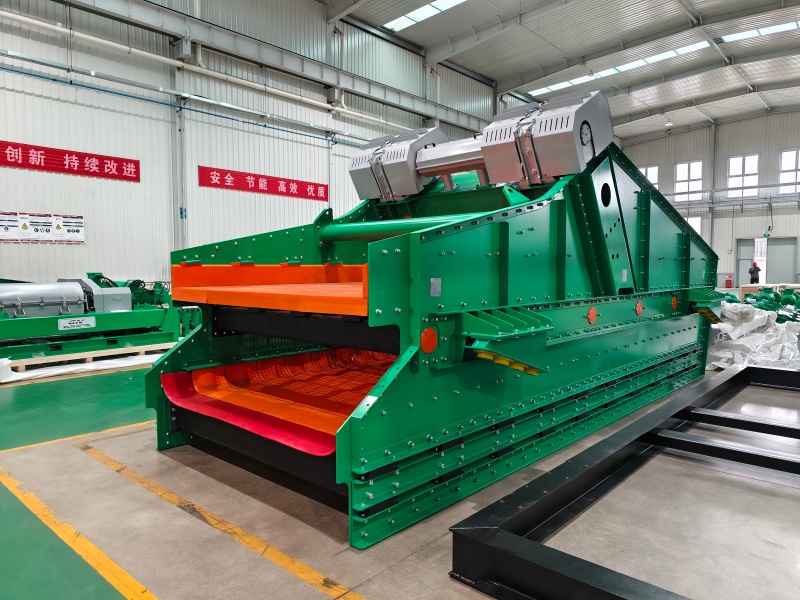
2. Tailing Dewatering Decanter Centrifuge
Tailings disposal stands as one of the most urgent environmental challenges in the mining industry. GN Separation's Tailing Dewatering Decanter offers an eco-friendly solution. It reduces the water content in mine waste, separating solids from liquids to produce a dry, stackable cake. This not only minimizes land use but also lowers the risk of leachate. In coal preparation plants, the decanter centrifuge facilitates the recycling of process water, cutting down on freshwater consumption. With a capacity of up to 100 cubic meters per hour, it is an ideal choice for mid-to-large-scale operations looking to enhance waste management while adhering to ESG (Environmental, Social, and Governance) standards.

3. Underground Coal Sump Slurry Separation System
Underground mining environments present unique hurdles, such as limited space, water inflow, and the urgent need for efficient slurry handling. GN Separation's Underground Coal Sump Slurry Dewatering System addresses these challenges by integrating a compact decanter centrifuge with a pre-screening module. It treats the muddy water generated during roadway tunneling, coal extraction, and dust suppression. The system first separates coarse solids using a screening cyclone combination unit, and then transfers the slurry to a dewatering centrifuge for fine particle separation. This process eliminates the need for manual sump dredging, ensures smooth mine drainage, and supports safe, efficient, and eco-friendly mining practices. Typically designed in a modular fashion, the system is easy to transport, install, and relocate, enabling mobile use.
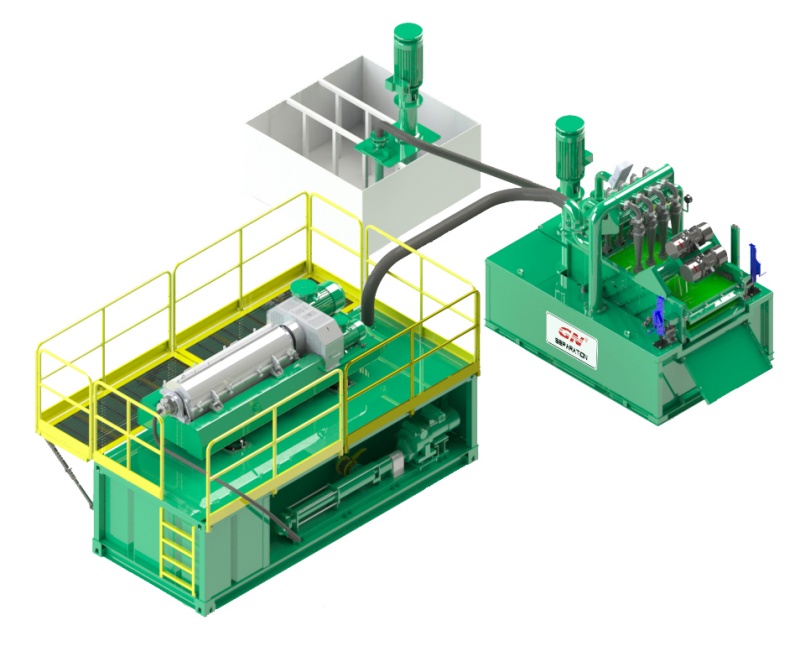
GN Separation: Leading the Way to a Sustainable Mining Future
With over ten years of experience in separation technologies, GN Separation has cemented its reputation as a reliable partner for mining companies across the globe. Its participation in CCME 2025 underscores its commitment to innovation and customer-focused design. Visitors to Booth A4601 will have the chance to interact with technical experts, witness live demonstrations, and explore customized solutions tailored to their specific operational requirements. We warmly invite you to visit GN at the expo.
- Details
-
Published: 19 October 2025

GN Separation is pleased to announce our participation in The China Coal & Mining Expo (CCME) 2025, which will be held from October 28 to 31, 2025, at the Capital International Convention and Exhibition Center (Shunyi, Beijing). We sincerely invite all our partners and visitors from the mining and industrial sectors to visit Booth A4601 to explore our advanced solid-liquid separation solutions.
- Details
-
Published: 17 October 2025
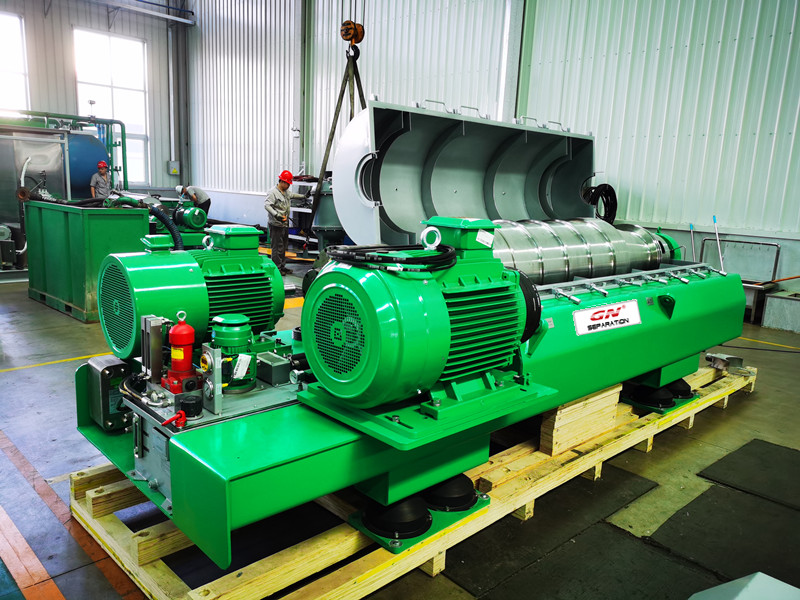
In today’s industrial landscape, decanter centrifuges have become indispensable equipment for solid–liquid separation. With continuous operation, sealed construction, and adaptability to a wide range of materials, they offer efficient, reliable, and environmentally friendly performance across multiple industries. From wastewater management to food processing and energy production, decanter centrifuges are playing a vital role in promoting resource recovery and sustainable development.
- Details
-
Published: 11 October 2025
GN Separation proudly announced the successful installation and operation of its renowned linear dewatering screen and big bowl decanter centrifuge at a U.S. engineering slurry treatment plant. Recent operational photos shared by the client vividly demonstrate GN's prowess in crafting customized solutions for intricate industrial demands.
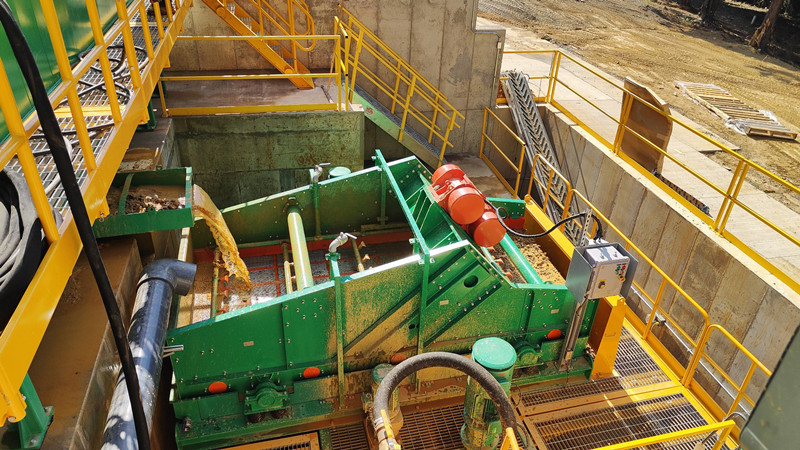
1. Linear Dewatering Screen: Precision in Primary Separation
GN's linear dewatering vibrating screen is a masterpiece of engineering, specifically designed to handle high-volume slurry streams with exceptional efficiency. It utilizes a dual-motor vibrating mechanism to ensure optimal screening performance, even in the most abrasive conditions. This innovative design minimizes the risk of clogging while maximizing throughput. Its compact structure makes installation a breeze, and the modular design of the screen panels allows for flexible replacement, significantly reducing downtime during maintenance.
2. High-Speed Decanter Centrifuge: Advanced Secondary Separation
The decanter centrifuge serves as a perfect complement to the dewatering screen, refining slurry treatment through the power of centrifugal force. Operating at high rotational speeds, it generates centrifugal forces of approximately 3,000g, enabling the separation of fine particles as small as 2–5μm and achieving dry solids content of up to around 75%. The adjustable conveyor speed and pond depth offer a high degree of customization, allowing it to handle a diverse range of feed materials, from clay-rich slurries to chemically treated wastewater. Constructed with robust duplex stainless steel and tungsten carbide tiles, the centrifuge is built to withstand corrosive and abrasive conditions, ensuring a long service life.
Synergistic Application in Slurry Treatment
The integration of GN's dewatering vibrating screen and decanter centrifuge forms a highly efficient two-stage separation process, specifically optimized for engineering slurry treatment. The primary objective of this process is to recover clean water for reuse or safe discharge.
1. Primary Separation: Linear Dewatering Screen
At the initial stage, raw slurry is fed into the dewatering screen. The vibrating motor generates linear motion, causing larger particles to migrate across the screen deck, while water and fines pass through. This crucial step reduces the solid load of the slurry, thereby minimizing wear on downstream equipment.
2. Secondary Separation: Decanter Centrifuge
The effluent from the dewatering screen, which still contains suspended fines, is then pumped into the decanter centrifuge. Inside the rotating bowl, centrifugal force accelerates sedimentation, effectively separating solids from the liquid phase. The clarified water exits through the liquid discharge ports, ready for recycling in various applications such as concrete production or irrigation. Meanwhile, the dewatered solids are transported via the screw conveyor for disposal.
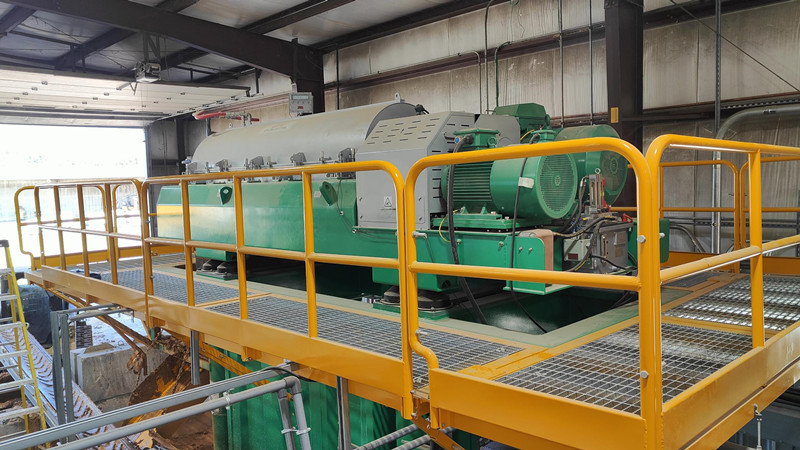
Advantages of the Combined System
Enhanced Water Recovery
The process efficiently recovers a substantial amount of process water, significantly reducing freshwater consumption and the associated compliance risks.
Lower Disposal Costs
By producing drier solids, the system effectively cuts transportation and landfill fees, resulting in substantial cost savings.
Environmental Compliance
The system meets stringent regulations for wastewater discharge, helping clients avoid fines and reputational damage.
GN Separation is a leader in designing and manufacturing mining vibrating screens and decanter centrifuges for a wide range of industries, including oil and gas, mining, environmental engineering, and food processing. With a global presence spanning over 70 countries, the company is widely recognized for its R&D-driven innovations and unwavering commitment to sustainability.
- Details
-
Published: 04 October 2025